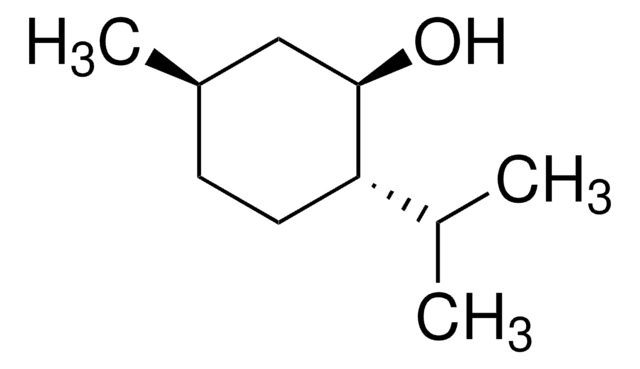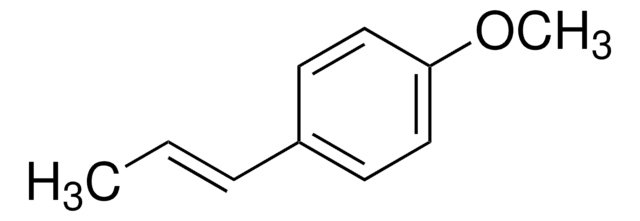PHR1116
L-Menthol
Pharmaceutical Secondary Standard; Certified Reference Material
Synonym(s):
(−)-Menthol, (1R,2S,5R)-2-Isopropyl-5-methylcyclohexanol, 5-Methyl-2-(1-methylethyl)cyclohexanol
About This Item
Recommended Products
grade
certified reference material
pharmaceutical secondary standard
Quality Level
agency
traceable to BP 772
traceable to Ph. Eur. M0350000
traceable to USP 1381709
API family
menthol
CofA
current certificate can be downloaded
technique(s)
HPLC: suitable
gas chromatography (GC): suitable
application(s)
cleaning products
cosmetics
flavors and fragrances
food and beverages
personal care
pharmaceutical (small molecule)
format
neat
storage temp.
2-30°C
SMILES string
CC(C)[C@@H]1CC[C@@H](C)C[C@H]1O
InChI
1S/C10H20O/c1-7(2)9-5-4-8(3)6-10(9)11/h7-11H,4-6H2,1-3H3/t8-,9+,10-/m1/s1
InChI key
NOOLISFMXDJSKH-KXUCPTDWSA-N
Looking for similar products? Visit Product Comparison Guide
General description
Application
Analysis Note
Other Notes
Footnote
Recommended products
signalword
Warning
hcodes
Hazard Classifications
Eye Irrit. 2 - Skin Irrit. 2
Storage Class
11 - Combustible Solids
wgk_germany
WGK 1
flash_point_f
201.2 °F - closed cup
flash_point_c
94 °C - closed cup
Choose from one of the most recent versions:
Already Own This Product?
Find documentation for the products that you have recently purchased in the Document Library.
Customers Also Viewed
Our team of scientists has experience in all areas of research including Life Science, Material Science, Chemical Synthesis, Chromatography, Analytical and many others.
Contact Technical Service








